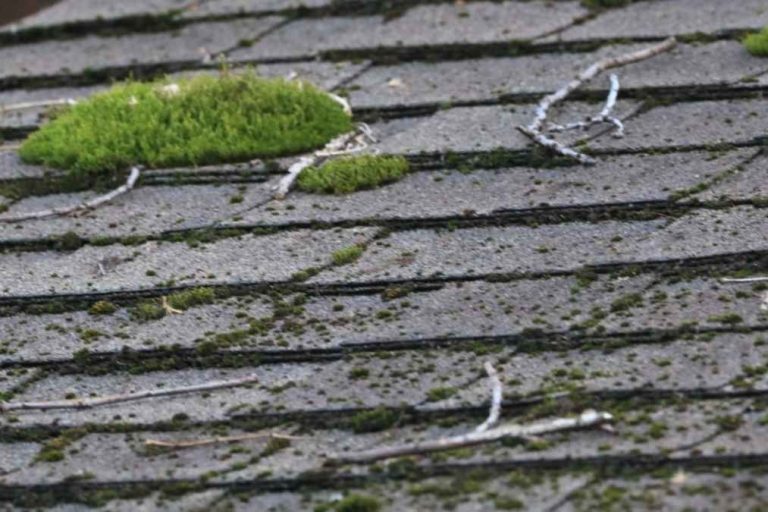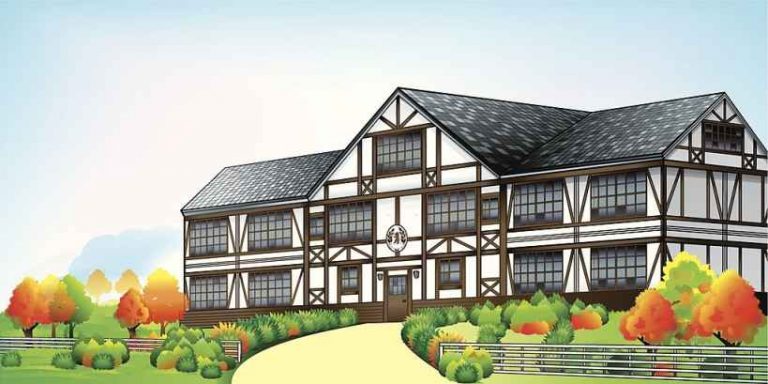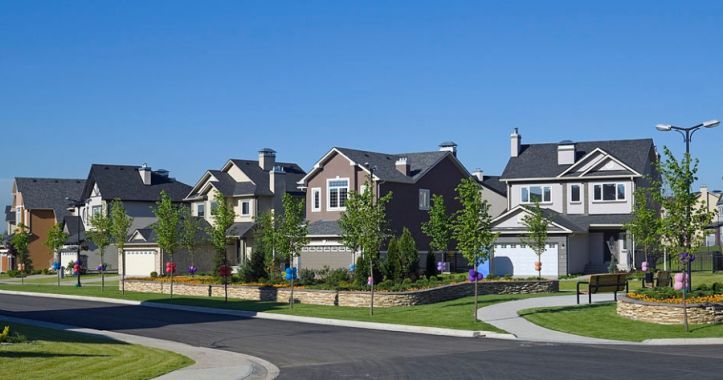Roofing underlayment is a waterproof barrier material that is inserted directly onto the roof deck. It’s applied under all other roofing materials as an added layer of protection from severe rain, wind, and snow.
Roofing underlayment has many advantages including giving protection to the roof and home from the risks of water and moisture infiltration. It provides an additional moisture-resistant layer to back up the roof shingles.

There are many factors to consider about the type of underlayment to use. For that, it’s important to know about the types of roof underlayment prior to using them to get the best of this material.
Types Of Roofing Underlayment
There are mainly four types of roofing underlayment:
- Asphalt Roof Underlayment
- Synthetic Roof Underlayment
- Tile Roof Underlayment
- Metal Roof Underlayment
After understanding the types of underlayment, it’s appropriate to choose the suitable one depending on your roof’s requirement, budget and availability of the material in your region.
Type 01: Asphalt Roof Underlayment
Asphalt Roofing Underlayment is commonly referred to as “felt paper” or “tar paper” roofing underlayment. Depending on local weather, the flexible base layer of the roof is saturated with asphalt for water resistance in this type of underlayment.
What is Asphalt Roof Underlayment? Asphalt roofing underlayment is a type of underlayment which is a result of asphalt saturated paper or fiberglass mat. It’s one of the oldest types of roof underlayment.
Pros
Asphalt Roof Underlayment are popular for the following good sides:
- Budget Friendly
- Water-resistant
- Really thick and strong.
- Doesn’t get ripped off easily.
Cons
One drawback of asphalt roofing underlayment is, it can’t remain exposed for more than a few hours. Because if left exposed, it’ll dry out or leach oils in the heat.
Type 02: Synthetic Roof Underlayment
For enhanced water-resistance and protection from severe weather, synthetic roofing underlayment is a very good option for the roof. It offers better protection from the weather compared to asphalt underlayment.
What is Synthetic Roof Underlayment? Synthetic underlayment is that type of roofing underlayment which is made from long-lasting polymers. Thus, it’s resistant to mold growth. Besides, the materials of this underlayment are not homogenized, which makes it customizable according to the type of performance the customer wants.
Pros
The main good sides of synthetic roof underlayment are as follows:
- Has a tough and durable construction.
- Really easy and faster to install.
- Safe for the users.
- Repels water.
- Suitable for extended UV and moisture exposure.
Cons
The main drawback of synthetic roofing underlayment is the cost. Except for the comparatively costly price of this type of underlayment, it has no major bad sides as a whole product.
Type 03: Tile Roof Underlayment
Tile roof underlayment is a stylish alternative to the traditional asphalt one. This type of underlayment resembling clay or slate is a more budget-friendly option for protecting the roof from damage.
What is Tile Roof Underlayment? Tile Roofing is that type of underlayment where concrete tiles are laid and can become brittle and crack over time. This adds an important additional moisture barrier that the home needs.
Pros
The good sides of this type of roof underlayment are as follows:
- Tile roof underlayment comes in several different forms.
- Budget-friendly and ideal for most uses.
- Popular option for some roofers because of its strength.
- A very good moisture barrier for the home.
Cons
The only bad side of tile roofing underlayment is that it might break in a storm or if heavy winds expose nail holes.
Type 04: Metal Roof Underlayment
A metal roof underlayment is durable and long-lasting. This underlayment gives metal roofing strong protection.
What is Metal Roof Underlayment? Metal Roofing Underlayment is that type of underlayment which is made to match the anticipated lifespan of any metal roofing and ensure the longevity of the roofing system. It helps the roof to be better at deflecting the impact of lightning strikes.
Pros
The good sides of metal roofing underlayment are:
- Can easily last for years with proper coatings and careful installation.
- Designed to withstand severe weather like a strong wind, storms, snowfall etc.
- Helps to decrease the ambient roof temperature.
Cons
The very few bad sides of such underlayment are as follows:
- Cheaper underlayment might not tend to endure high-temperature environments very well.
- If not handled correctly, it might leave the roof vulnerable to infiltration.
Conclusion
Roof Underlayment is necessary for a long-lasting roofing system by protecting the house from severe weather. Depending on the types of the roof, if roof underlayment is installed correctly by a professional service, it should last for years.






